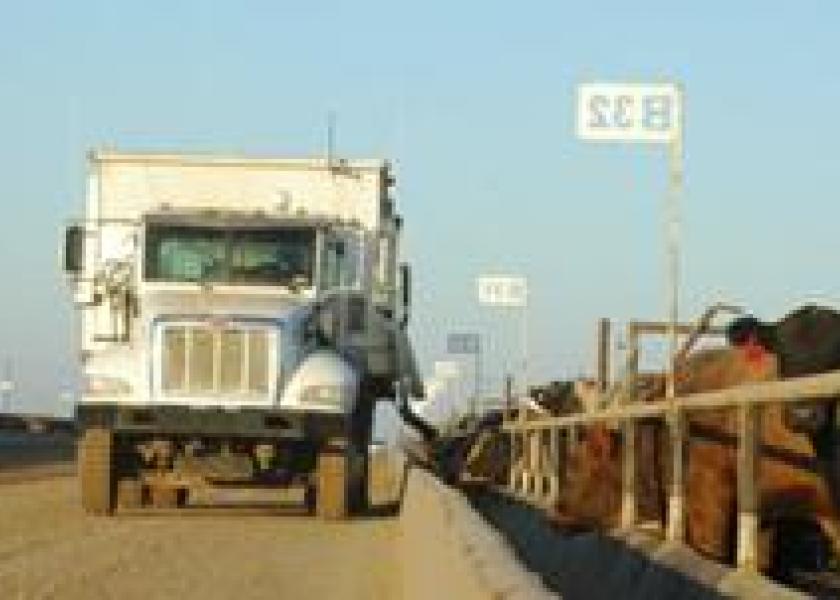3 Ways to Survive High Feed Costs

By Kevin Gould, Michigan State University
The days of winter feeding beef cows by placing free choice hay bales in front of the cows has become too expensive for most cow-calf producers. If you consider the market value for the hay you fed last winter, ration costs quickly topped $2/cow/day. Although hay yields look better this summer, reduced acreage and extremely wet conditions will decrease overall harvest. This will put continued pressure on hay prices this coming winter. Producers can lower overall winter feed costs by planning ahead. Inventorying hay needs and considering alternative feed sources for your operation can help.
Three key factors should be considered in a winter feeding plan to reduce cost. First, learn how to balance beef cow rations or find someone who can help. Oklahoma State University has a free beef cow ration balancing program called "Cowculator". Download the program and run your rations or contact your local Extension expert.
Second, test your forages. Cost is generally $20-25/sample. Guessing at feed values is ineffective when it comes to ration balancing. Knowing feed values increases efficient use of feed inventories.
The final factor is providing adequate nutrition that meets the cow’s production requirements. Nutritional needs change significantly during gestation and lactation. Often protein is overfed during mid-gestation and underfed during early lactation. Making ration adjustments will save money and keep your cows productive.
Recent research reported feeding supplemental protein sources like dry distillers grain with solubles (DDGS) along with low quality forages like grass hays or corn stover will meet beef cow nutritional requirements in late gestation and early lactation. Producers should consider all feed options to determine what best fits feed storage, management, facilities and production needs. A little planning now will pay dividends when the snow flies – and in Michigan, we all know it is coming!
Click here for the lastest more beef news.







